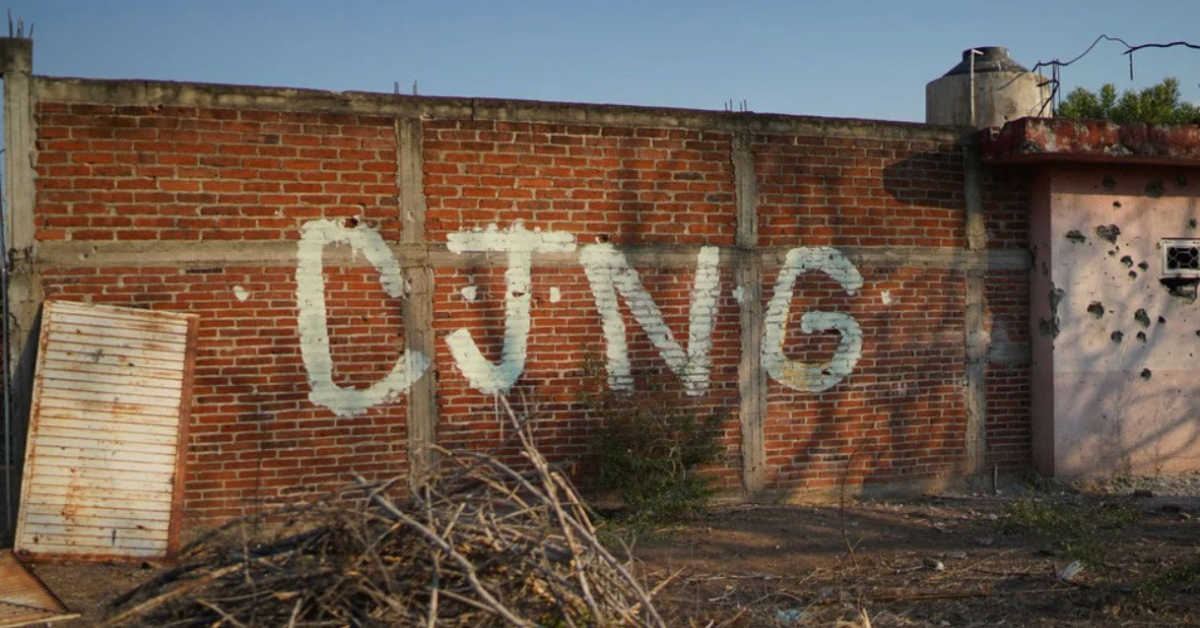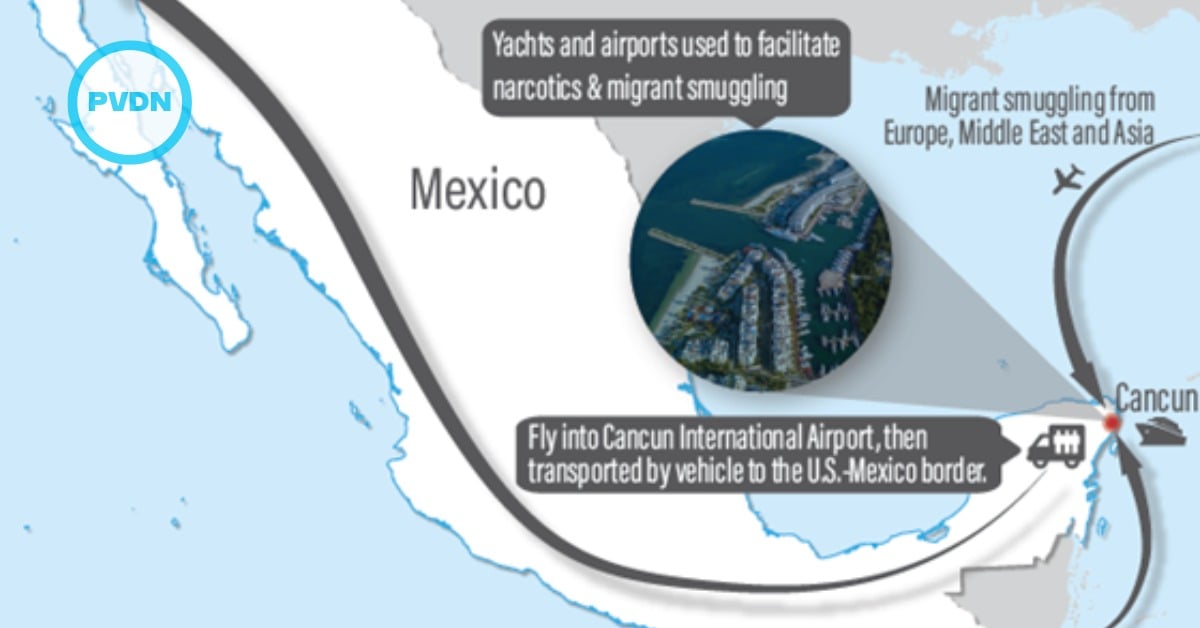PUERTO VALLARTA (PVDN) - In a groundbreaking study unveiled this Thursday in the esteemed journal Science, researchers from the Complexity Science Hub in Vienna disclosed that drug trafficking ranks as the fifth largest employer in Mexico, engaging between 160,000 and 185,000 ind…






